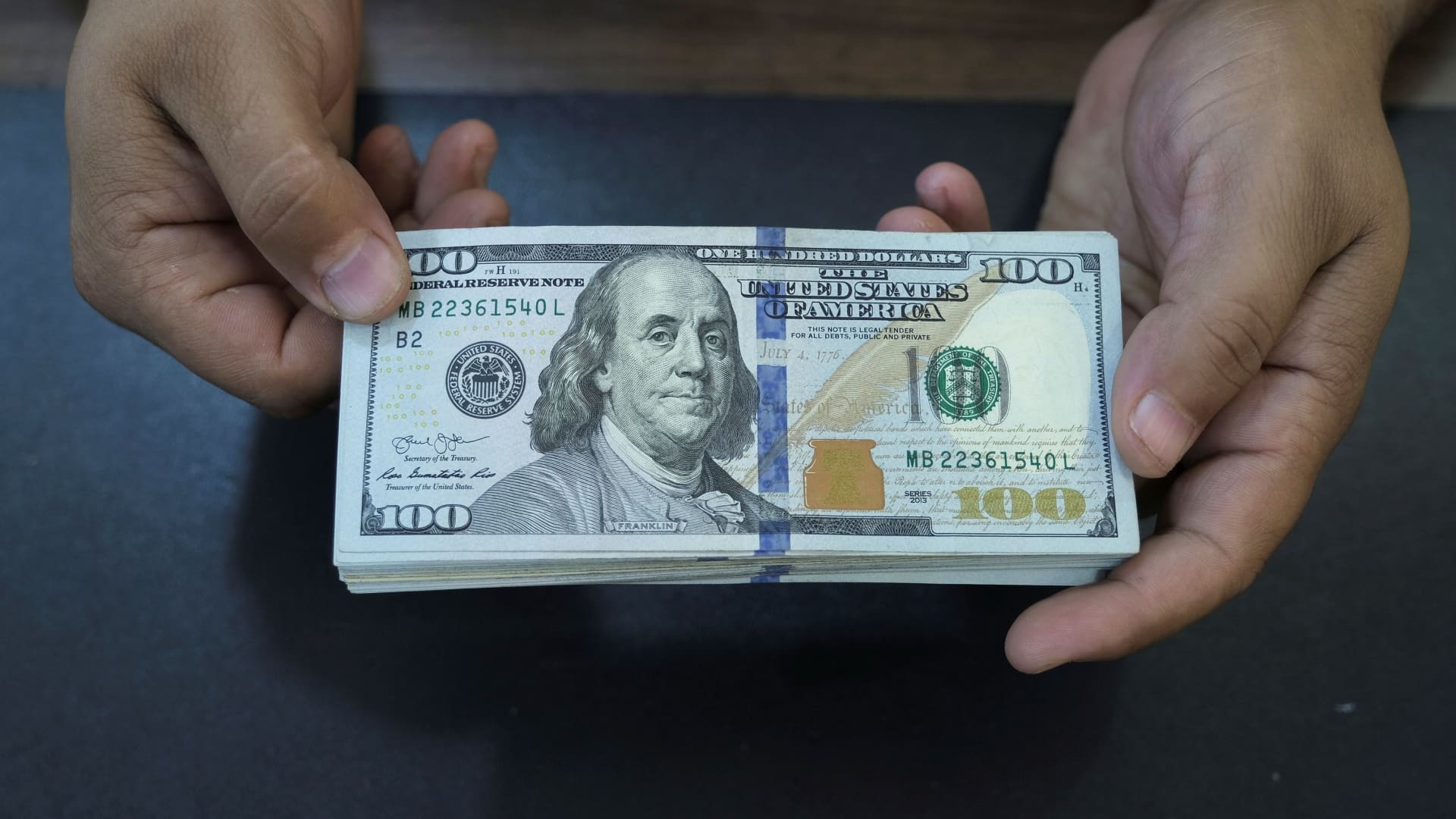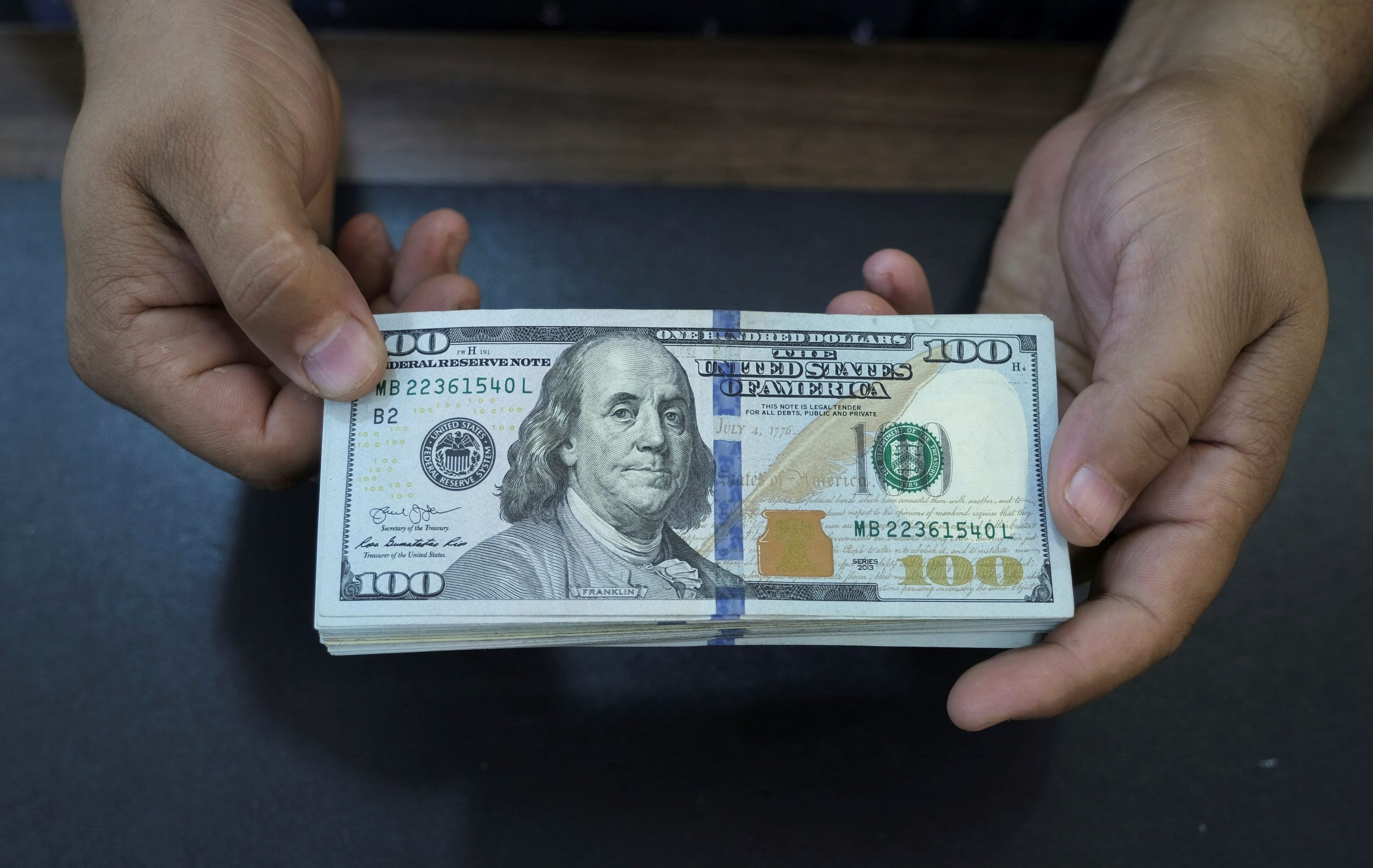
The Federal Reserve is hiking interest rates in an effort to defuse an explosive year of price inflation. But global forces could neutralize the effects of that tightening of monetary policy, and keep inflation high.
Some observers believe the U.S. government may have misread the looming threat of inflation. During the pandemic, Uncle Sam dispersed historic sums of cash to blunt widespread economic damage. Analysts say this stimulus produced strong household savings. A boom in demand for durable goods followed.
This surge in demand came as global supply chains stalled out, and a persistent bout of inflation followed. In March 2022, prices across all categories rose to historic levels, 8.5% year over year. And investors believe the price hikes aren’t over yet, according to a New York Federal Reserve survey.
“The only way to break the back of inflation that’s running out of control is for very tight monetary policy, ” says Richard Fisher, former President of the Federal Reserve Bank of Dallas. “It slows things down because everything becomes expensive.”
Today’s inflation isn’t spiraling in the way it did in the recent past, however. From 1965 to 1982, inflation soared, at times reaching double-digit rates. In 1979, the central bank, under Chair Paul Volcker, kicked off a tightening cycle that resulted in interest rates of nearly 20%.


 Signal2forex.com - Best Forex robots and signals
Signal2forex.com - Best Forex robots and signals




